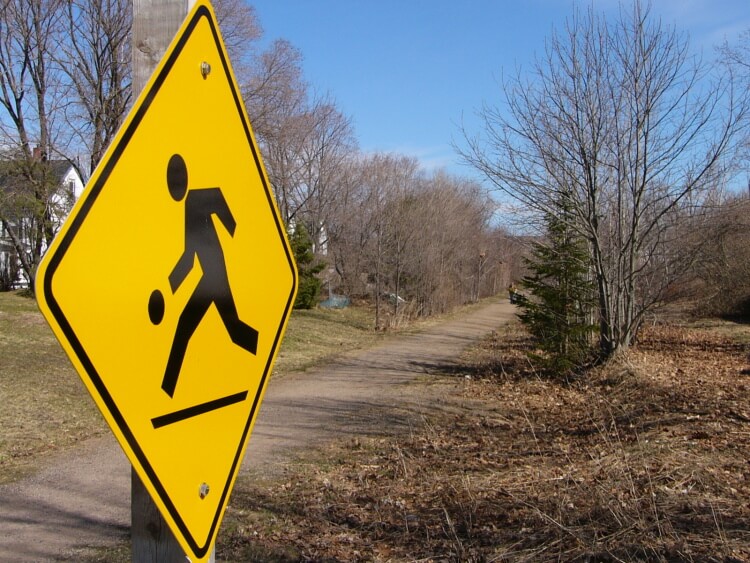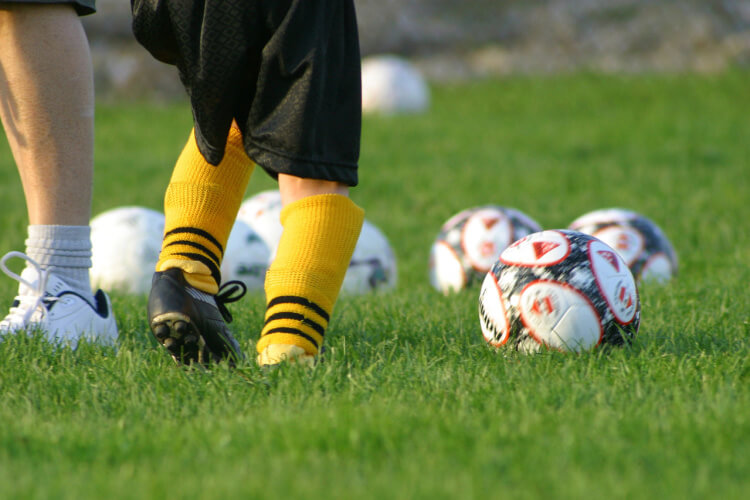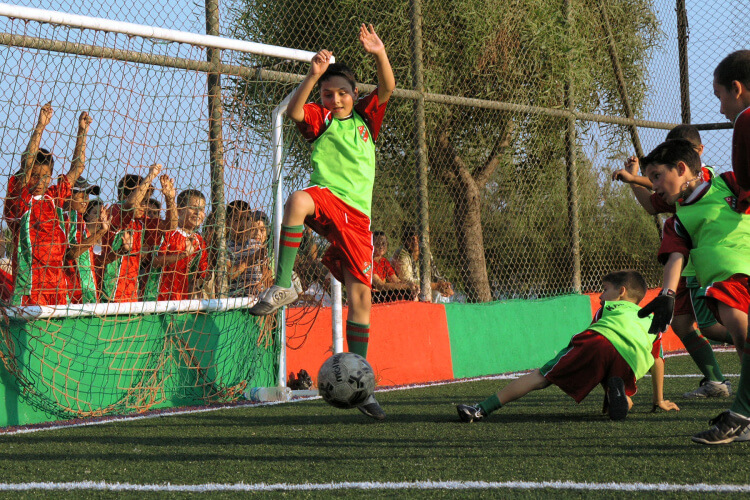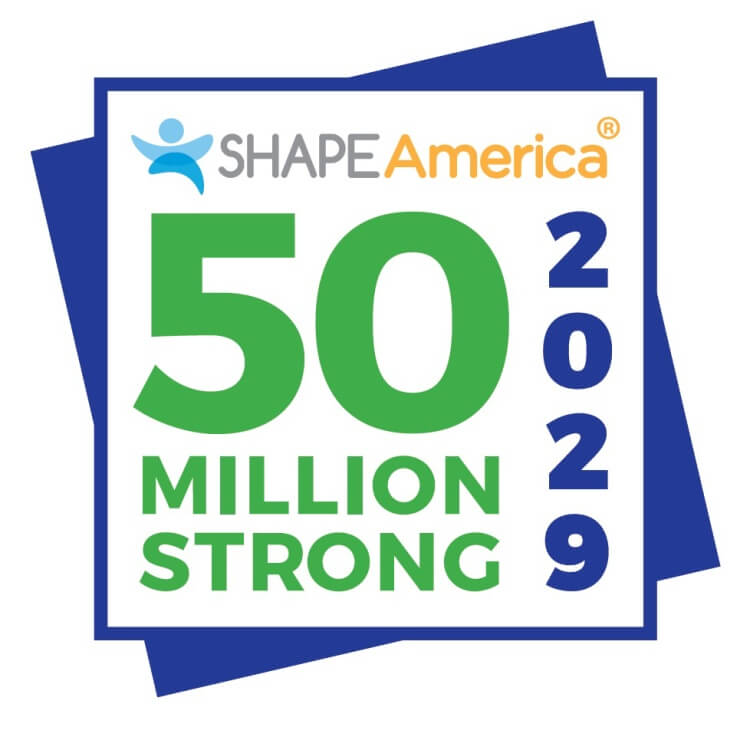Tired of hearing excuses for why quality physical education is impossible when space is limited, class sizes large, students disinterested, and other reasons, we decided to do an “experiment”. We decided that if we could transform a “roll-out-the-ball gym class” approach in a school with plenty of barriers to quality physical education, we could honestly say that, “If you can teach quality P.E. here, you can do it anywhere!”
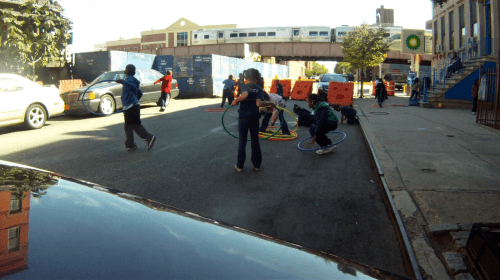
From the outset, we knew exactly which school to choose for our experiment. We had worked with the Storefront Academy in Harlem, New York before, and we knew that the school had teaching barriers that would be tough to overcome. They included a non-certified PE “teacher,” very limited indoor space, no playground areas, no free outdoor open space, and very little equipment. We decided to document the project in a film (directed by John Mathieu Roussell), and we called it No Excuses! We hoped that a film of this type would lead to increased awareness about quality physical education by parents and administrators, and to seeking solutions that focus on what we can do now, while continuing to work on changing the “impossible.” We wanted to help raise the bar so that all of us expect nothing less than quality in PE, for the sake of our students’ health, well-being, and academic success.
In the winter of 2011 we began working with the teachers and administrators at the Storefront Academy to retire the old ways of offering physical education and to develop a quality physical education program that fit the students’ current and future needs. We successfully sought out and obtained major support from SPARK (equipment, curriculum, technology, training), and hired a qualified credentialed physical education teacher for the next school year. At the end of summer, the teachers and most of the staff participated in SPARK training. We (Cathrine Himberg and John Roussell) spent our sabbatical that autumn in New York helping to implement the new program and documenting the process in our film. In Harlem, a coordinated school wellness initiative was in the making, with quality physical education at the center. Students started learning skills, concepts, and virtues in physical education chosen to help them now and throughout their lives. We made it safer and easier for them to choose to be physically active during recess on the blocked-off street that serves as their playground. We helped the teachers facilitate physical activity in the classrooms in the form of brain breaks. We made improvements in the cafeteria and encouraged nutrition education in the classroom. And we educated the parents about the changes and the important role they could play.
